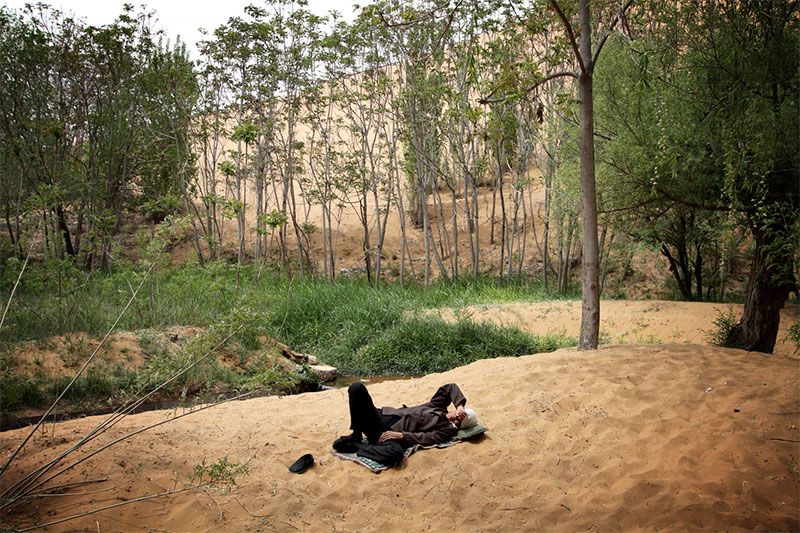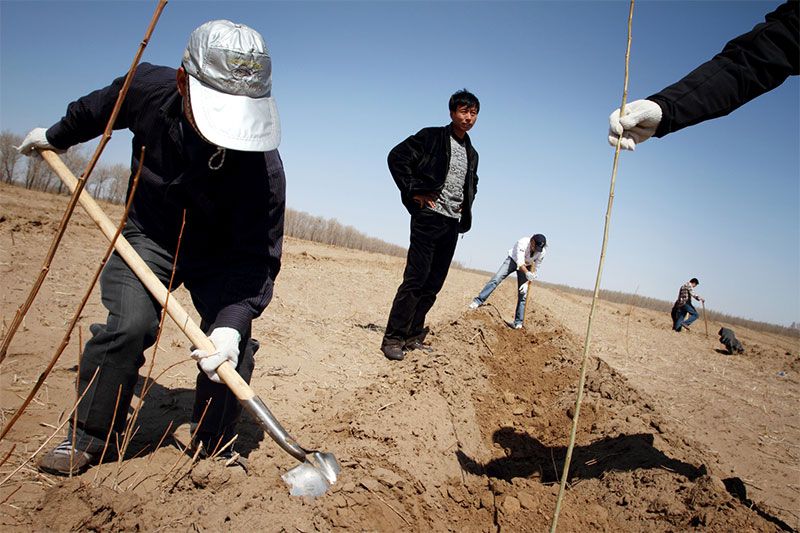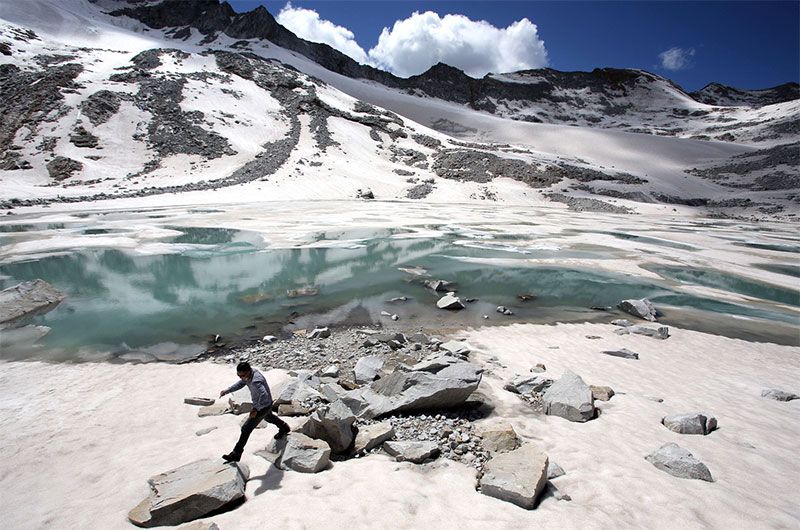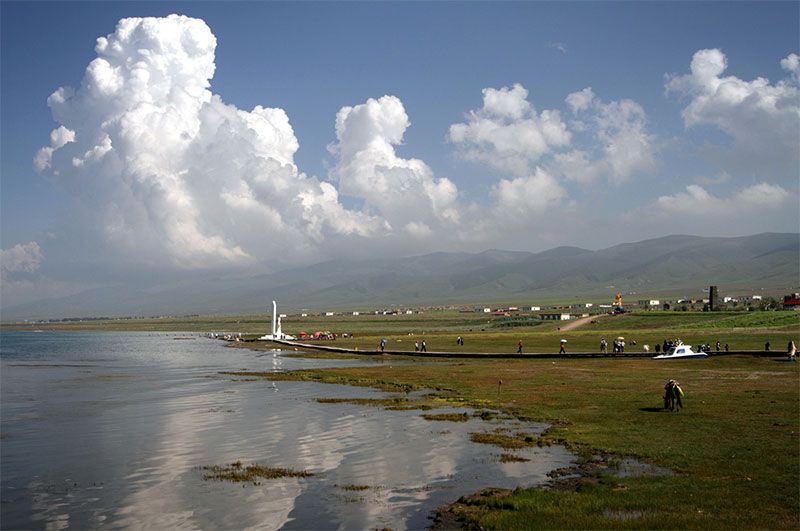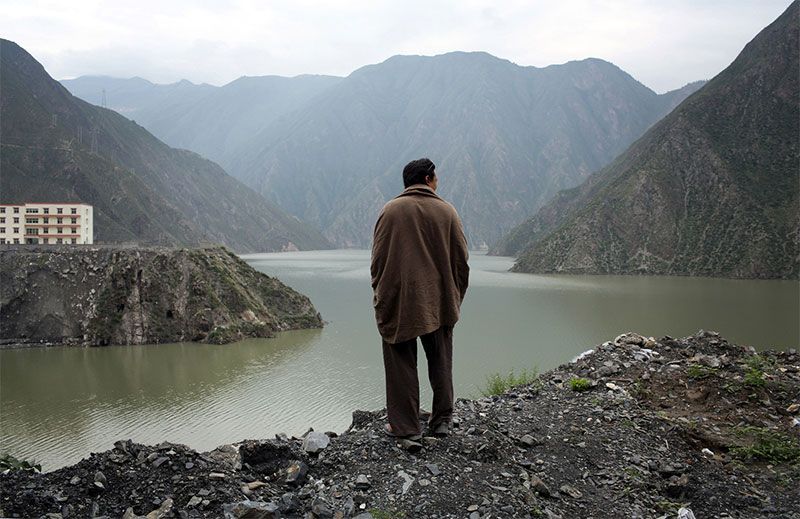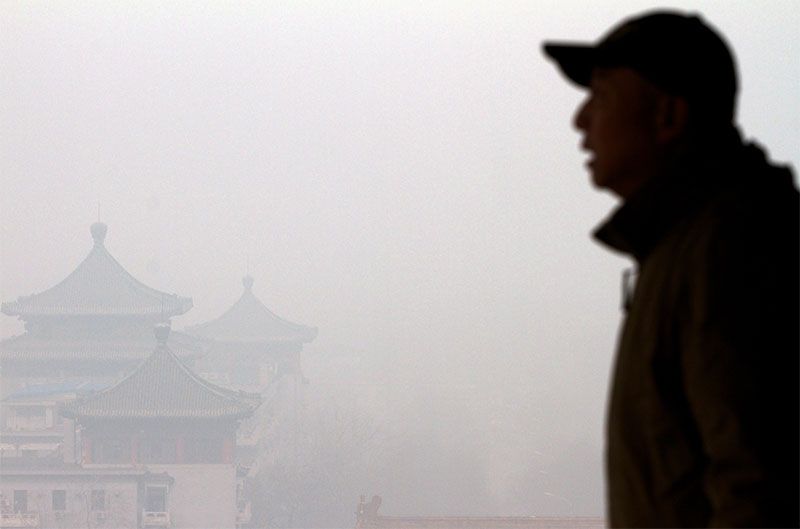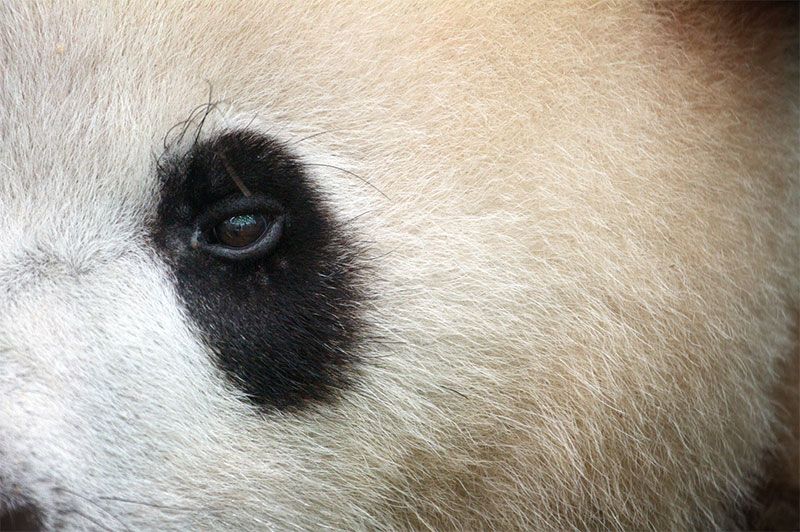October 18, 2013 | Yale Environment 360
By
Sean Gallagher
Photographer Sean Gallagher has lived and worked in China for seven years, visiting nearly all of its provinces as he documents the country’s daunting ecological problems and its widely varied landscapes. In a Yale Environment 360 photo essay, the Beijing-based photojournalist chronicles China’s widespread water and air pollution, the battle against the desertification that has spread across the country's northern regions, and the threats to the nation's biodiversity.
"The current state of many of the country's ecosystems is really quite dire," says Gallagher. "The general public is starting to wake up to the crisis at hand, but I fear it's too late. China's rise has caused irreparable damage in many places."

